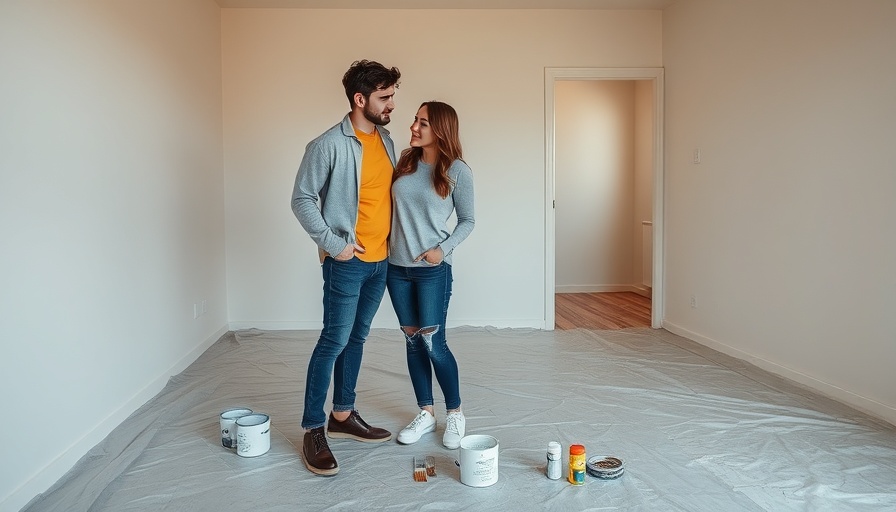
Decoding the Trim and Wall Painting Debate
When it comes to painting your home, one of the most frequently asked questions is whether you should paint the trim or the walls first. This inquiry goes beyond mere preference and touches on a variety of factors, including efficiency, aesthetics, and the longevity of the paint job. In this article, we will explore the nuances of this painting debate to help homeowners make informed choices for their DIY projects.
The Traditional Approach: Walls First
For years, the conventional wisdom has been to paint the walls before tackling the trim. This approach is primarily rooted in practicality. When the walls are painted first, any accidental splatters or brush strokes on the trim can be easily corrected with a second coat of trim paint, ensuring that the finish is smooth and clean. Furthermore, painting the walls first allows for a more seamless blending of colors, making it easier to cover mistakes!
Challenges of Painting Walls First
While the walls-first method is widely accepted, it is not without its drawbacks. For instance, if the trim is being painted a darker color than the walls, masking off the trim can be somewhat cumbersome. Additionally, if the trim is already in place and the wall paint is applied carelessly, the trim can get splattered, necessitating touch-ups that add to the overall time needed to finish the room. In cases where the trim is a lighter color, painting it first may actually save time and resources in the long run.
When to Consider Painting Trim First
Some painters advocate for applying trim paint before the walls, particularly in scenarios where the walls are significantly lighter than the trim. This technique lends itself to greater accuracy in cutting in, thereby reducing the chances of wall paint discolored by the trim. Additionally, if you're working with architectural features like crown moldings or shutters, painting these first allows you to create a crisp contrast that can sometimes be hard to achieve with the walls painted first.
A Guide for DIY Home Improvement
Ultimately, whether to paint trim or walls first boils down to your specific project and personal preference.
- Assess Colors: Consider how the colors will interact. If you're using a light color for your walls and a rich hue for the trim, paint the trim first to minimize any color transfer.
- Surface Preparation: Regardless of the order, prep your surfaces to ensure the best adhesion and finish. Properly sanding and priming can make a significant difference.
- Use Quality Paint: Invest in a high-quality paint designed for the surfaces you are working on. This will reduce splatter and enhance durability.
What Contractors Say
Insight from seasoned contractors can provide valuable perspectives. Many experienced painters express that a methodical approach to painting can save time and resources. They often recommend that professional home service contractors maintain flexibility in their strategy, evaluating each project on a case-by-case basis.
Conclusion: Your Home, Your Decision
As we've established, the decision of whether to paint the trim or the walls first ultimately depends on your situation, your home’s characteristics, and your desired aesthetic. There isn't a one-size-fits-all answer; instead, the choice must be driven by a combination of factors including color schemes, surface types, and individual skills. For homeowners planning DIY projects, weighing the pros and cons is essential to ensure that the end result meets your expectations.
So, before embarking on your next painting venture, consider your options carefully and don’t hesitate to reach out for professional advice. Whether you choose to tackle the trim or the walls first, the most important aspect is achieving a finish that you will love for years to come!
 Add Row
Add Row  Add
Add 




Write A Comment